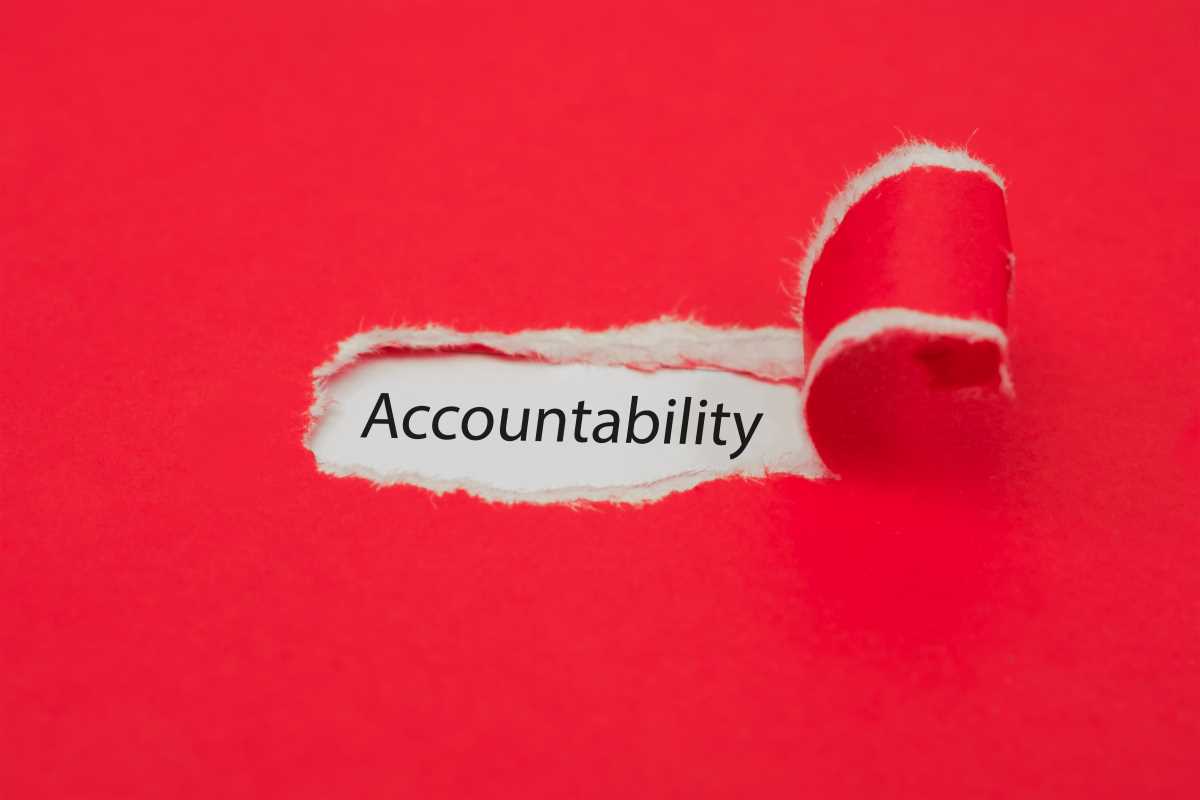The phrase “equal pay for equal work” sounds simple enough, right? Yet, here we are in 2025, still grappling with the reality of the gender pay gap. Women, on average, continue to earn less than men for doing the same jobs or working in the same fields. This issue persists despite decades of awareness campaigns, changes in legislation, and grassroots advocacy. If you’re wondering why the gender pay gap is such a stubborn problem, you’re not alone.
Before we can truly understand what’s going on, it’s important to break down the facts. How big is the gap? What causes it? And why hasn’t it disappeared yet? This blog digs into these pressing questions while keeping things easy to understand. Together, we’ll explore why the gender pay gap isn’t just about money but also about deeper societal issues that still need solving.
What Is the Gender Pay Gap?
The gender pay gap is the average difference in earnings between men and women. You’ve probably heard statistics like, “Women earn 82 cents for every dollar a man earns.” While the exact number can vary based on the country, industry, or group being studied, the overall trend remains consistent worldwide – women earn less than men.
This gap doesn’t just refer to paychecks for the exact same job. It also reflects broader patterns, like men being more likely to land higher-paying leadership roles or women working in lower-paid fields.
For example, in the United States, studies show that white women typically earn about 82% of what white men earn. But women of color often face an even wider gap. Black women earn approximately 70%, while Latina women earn about 65%. Factors like race and ethnicity intersect with gender to create unique challenges for different groups of women.
What Causes the Gender Pay Gap?
The reasons behind the pay gap are complex. It’s not just about people intentionally paying women less (although that does happen sometimes). The gap is driven by a mix of factors, many of which are deeply rooted in history and culture.
Career Segregation
One major contributor is “career segregation,” which means men and women tend to work in different types of jobs. Fields that are traditionally dominated by women, like teaching, caregiving, or social work, often pay less than male-dominated professions, like engineering or tech.
Why is this the case? Part of it stems from long-standing stereotypes about the type of work women are “better suited for.” For decades, roles associated with nurturing or caregiving weren’t valued as highly as roles seen as technical or leadership-focused. That bias still lingers today.
Even when women enter high-paying fields, like tech or law, they’re often underrepresented in leadership positions, which is where the big salaries are. This lack of representation reinforces the cycle – fewer women in leadership means fewer role models and mentors for the next generation.
Unpaid Labor
Another piece of the puzzle is unpaid labor. Women disproportionately take on unpaid responsibilities like childcare, cooking, and housework. According to a United Nations study, women do about 2.5 times more unpaid work than men globally.
Because they spend more hours juggling these unpaid tasks, many women end up seeking jobs with flexible schedules or part-time hours. While this flexibility is important, part-time work is often lower-paying and comes without the benefits or career growth opportunities full-time positions offer.
Discrimination and Bias
Unfortunately, outright discrimination is still part of the equation. Multiple studies have uncovered cases where men are simply paid more than women for doing the same job. Some of this is due to unconscious bias, where employers may assume men are more competent or deserving of higher salaries.
Salary negotiation plays a role, too. Research suggests women are often penalized for asking for raises, while men are more likely to receive higher compensation when they negotiate. It creates a lose-lose scenario for women – stay quiet and earn less, or ask for more and risk being labeled as “ungrateful” or “too aggressive.”
The “Motherhood Penalty”
Have you heard of the “motherhood penalty”? It’s the term used to describe how becoming a mom can negatively impact a woman’s career. Many employers hold unfair assumptions that mothers will be less committed, less productive, or more distracted than their coworkers.
Because of this, women are sometimes passed over for promotions, overlooked for raises, or even sidelined entirely in their careers after having children. On the flip side, research has shown that men often experience a “fatherhood bonus” when they have kids, as people tend to associate fatherhood with increased responsibility and leadership qualities.
Why Hasn’t the Pay Gap Closed Yet?
It can be frustrating to realize that the gender pay gap is still a problem. Haven’t we made progress? While things have improved somewhat over the years, the gap persists because dismantling centuries of inequality is an uphill battle.
Laws like the Equal Pay Act in the U.S. were designed to make paying women less illegal. However, enforcement is difficult, and loopholes exist. Plus, much of the problem isn’t about blatant sexism but about structural issues that take longer to fix, like cultural biases and societal expectations around work and family.
Temporary setbacks, like economic recessions or the COVID-19 pandemic, also play a role. Women often bear the brunt of economic turmoil, as they tend to be overrepresented in industries like retail or hospitality, which are hit the hardest during downturns. For example, during COVID-19, women left the workforce in higher numbers than men due to school closures and childcare challenges. Gaps like these slow progress toward closing the pay gap even further.
How Do We Close the Gender Pay Gap?
The good news? People are working to close this gap. It’s a big task, but change is happening.
Policy Changes
Governments can play a key role in addressing pay disparities. Measures like pay transparency laws, which require companies to be open about salaries, can help highlight disparities. For example, some countries require companies to report their gender pay gap data publicly, creating pressure to fix the problem.
Paid parental leave policies are also crucial. When both parents have access to leave, caregiving duties can be shared more equally, which prevents women from carrying the full burden.
Support for Women in High-Paying Fields
Encouraging women to pursue careers in male-dominated fields like STEM (science, technology, engineering, and math) can help reduce career segregation. That means improving access to education, mentoring programs, and workplace environments where women feel empowered to lead.
At the same time, society needs to rethink the value we assign to professions traditionally held by women. Jobs like teaching, nursing, and caregiving are vital to our communities and deserve pay that reflects their importance.
Ending Workplace Bias
Employers have a role to play, too. Providing bias training for managers, implementing fair hiring and promotion practices, and conducting regular pay audits can all lead to more equity in the workplace.
Individuals Making a Difference
On an individual level, you can contribute by supporting policies or organizations that advocate for equal pay. When you notice inequality in your own workplace, speaking up or organizing for change can make a difference.
 (Image via
(Image via





.jpg)